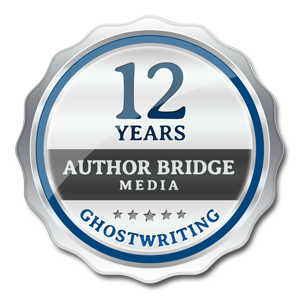3 Ways to Cut for More Powerful Writing
Cutting your manuscript seems difficult.
But the end result is more powerful writing.
How do you cut something that you love?
One author I worked with felt that way about her manuscript. When she was done writing, she felt so proud. She had poured her heart and soul into it, sharing her brilliant method and stories.
“This sounds crazy,” she said, “but writing this book was harder than giving birth.”
After I reviewed her manuscript, I had to give her the bad news. In order to reach the book length she had targeted, she needed to cut the manuscript by about a third.
“I know,” I said, “it feels painful.”
“Like amputating my baby,” she said.

Once you start writing, the words can often flow. And when you review, cutting can seem so much harder. The challenge is to streamline and condense, while retaining a book’s message and essence
Here’s a video showing you the top 3 ways of cutting manuscripts: (6:11 minutes)
Please Like and Subscribe to our YouTube Channel!
1. Cut Weak Sections
The obvious first step is to cut weak sections. This includes sections that may be repetitive, go off on tangents or simply don’t fit. You might love a passage, but if it doesn’t support your topic, it doesn’t belong in your book.
You can always recycle. Use the content from these cut sections on your blog, social media or future books.
2. Condense Paragraphs
Another way to cut is to remove or condense paragraphs. Paragraphs, of course, are clusters of sentences that express one idea. But sometimes sentences within that cluster duplicate points or run too long.
Readers get bored by too much detail. Take out long-winded sentences and erase all redundant phasing from your paragraphs.
Here’s an example.
Original paragraph:
“Leaders are visionaries who can see into the future. They dream of what could be possible and what the future could look like. They create goals today for what the world could be tomorrow.”
Condensed paragraph:
“Leaders are visionaries, who dream of what’s possible. They create goals that can change the world for tomorrow.”
When cutting manuscripts, we use 3 top ways:
3. Streamline Sentences
It’s easy to make verbose sentences when you’re trying to explain complex topics or share information you’re passionate about. However, overly wordy sentences distract and confuse readers. Sentences should be clear and concise. Go through each sentence, eliminating redundant phrases and keeping only what is crucial.
Here’s an example.
Original sentence:
“When thinking about the best way today to generate sales now, you want to move quickly and migrate to a digital platform that people are using effectively today.”
Condensed sentence:
“The best way to generate sales today is by using a digital platform.”
As you can see, sometimes less is more.
It may seem daunting to have to cut and condense a long manuscript. But the end result will be more powerful writing.
Are you overwhelmed about cutting your manuscript?
We can help.
We can condense in a way that keeps the essence of your message, while expressing it more concisely.
Let’s chat.
by Helen Chang, ABM Editorial Director
Return to the top of "3 Ways to Cut for More Powerful Writing" page

